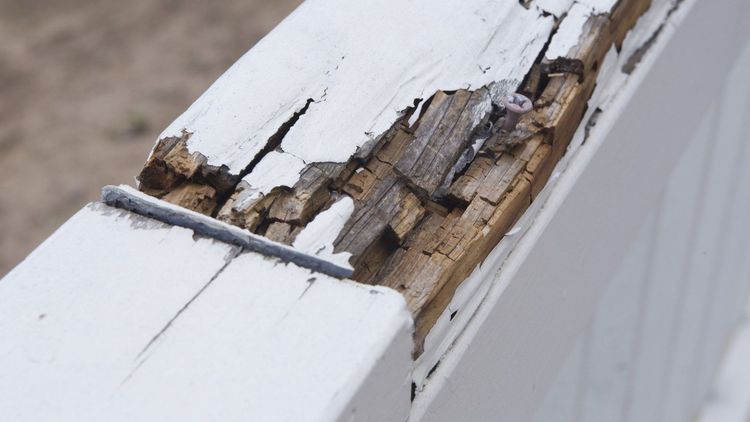Causes, Repair, And Prevention Of Wood Rot In Fences
Wooden fences are a beautiful addition to your property. A wooden fence adds value and curb appeal to your property - rather, a fence in good repair adds value and appeal. Wood can be susceptible to rot, and an infected fence becomes unsightly.
Find out everything you need to know about wood rot and your fence.
What Are the Main Causes of Wood Rot
Wood rot is naturally occurring. When trees die in a forest, nature needs a housekeeping method to get rid of them. That method is decay triggered by microscopic fungi. Growing conditions for the fungus mandate that the wood must be kept continually damp. The fungi break down the wood at the cellulose level, which decreases its strength.
Why don't wooden fences start rotting right away? Well, wood for building must be kiln-dried to lower its moisture content to a level that prevents the fungi from taking over. What's more, wood used in fencing usually undergoes pressure treatment with preservatives that make the wood inedible for the fungi.
So, wood rot in your fence usually only happens if the wrong kind of wood was used. However, extreme exposures to weather can leave even properly treated wood susceptible to wood rot. The rot starts out small, but it eventually damages large portions of your fence.
How to Spot Wood Rot on Your Fence
Wooden fences do come with additional maintenance than, say, vinyl fencing. One step of that maintenance is to inspect your fenceline for wood rot. Essentially, you'll want to use a strong flashlight and look over every inch of your fence.
First, look for the fungus itself. In its early stages, it will look like cotton wool. What's more, rotting wood can sprout actual mushrooms. Any mushrooms on or against your fence should be a red flag for rot.
Next, inspect the fence for any discolored areas. If you find an area, probe it with a screwdriver. Wood that is succumbing to rot will be soft, so the screwdriver will penetrate it easily.
Finally, look for areas of dampness, such as water droplets. This dampness is the breeding ground for the fungus. Pay close attention to areas near plant life, such as the lawn or landscaping, because the plants can hold moisture against the wood.
How to Repair a Fence with Wood Rot
Unfortunately, you can't regrow the cellulose that the fungi have devoured. However, if the damage is small, you can reinforce the wood and repair your fence cosmetically. For instance, you can kill the fungi causing the rot with antifreeze to prevent further consumption of your wooden fence. You can also fill in any holes or channels in the wood with epoxy, which strengthens the planks.
However, if the wood rot has compromised big areas of your fence or has made areas too weak, you will probably have to replace the wood. You should call fencing experts to replace it.
What You Can Do to Prevent Wood Rot
As with all maintenance tasks, your best plan of action is to prevent any damage in the first place. You can't prevent rain and snow from drenching your fence, but you can prevent the moisture from penetrating into the wood. So, have a weatherproof stain applied to your fence when it's first installed. You should re-stain the fence periodically.
Next, keep plant life well away from your fence. You should never train plants to grow onto your fence because they create damp spots. What's more, your landscaping shouldn't grow directly against the fence either.
Finally, if you feel your fence is especially susceptible to rot, consider treating it with borate. Borate is a fungicide that's safe to apply to wood and is also safe for humans and animals, so you can spray the solution right onto the fence.
Don't let wood rot mar the beauty of your fence. Let the experts at
Gulf Coast Fence Co help you with all your fencing needs.
Browse Our Website
contact information
Address: 5603 Veterans Blvd. Pascagoula, MS 39581
Phone: 228-769-2677
Fax: 228-896-7764
Email: gulfcoastfenceco@yahoo.com
Business Hours:
- Mon - Fri
- -
- Sat - Sun
- Closed













